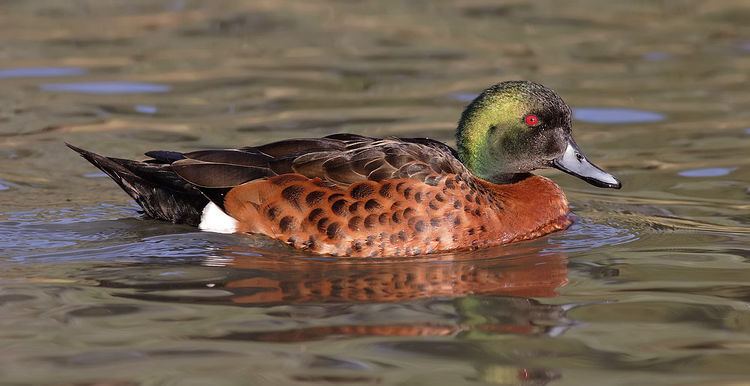 | ||
Similar South East Industries, Ozzi Kleen Water & Waste W, South East Water, Yarra Valley Water, A&A Worm Farm Waste Sy | ||
3d animation of tertiary sewage treatment process at the eastern treatment plant
The Eastern Treatment Plant of Melbourne Water is an 1,100ha sewage treatment plant, located in the suburb of Bangholme in Victoria, Australia, 31 km south-east of Melbourne’s central business district. The plant's land is bordered by the Patterson River to the north, the Mornington Peninsula Freeway to the west, and the EastLink Tollway to the south and east.
Contents
- 3d animation of tertiary sewage treatment process at the eastern treatment plant
- Tertiary treatment of sewage at the eastern treatment plant melbourne water
- Description
- Upgrade
- Birds
- References
Tertiary treatment of sewage at the eastern treatment plant melbourne water
Description
The plant was built in 1975 on an 1,100ha site. It treats around 40% of Melbourne’s sewage - about 330ML a day - from about 1.5 million people, mainly in the eastern and south-eastern suburbs. It generates its own electricity from biogas. Following treatment, some water is used as recycled water in the local area. The rest is pumped through a 56km pipeline to discharge into Bass Strait at Boags Rocks on the Mornington Peninsula.
Upgrade
After years of lobbying by community groups led by the Clean Ocean Foundation, as of November 2011, the Eastern Treatment Plant was undergoing an upgrade to reduce environmental impact of the water discharge and increase water reuse applications of the water. The wastewater will be treated by ozone, biological filters, ultraviolet disinfection, and chlorine. The UV disinfection system that will be installed at the Eastern Treatment Plant will be the largest in Australia, consisting of 7 closed-vessel UV reactors.
Birds
Along with the nearby Edithvale-Seaford Wetlands, the ETP is part of the Carrum Wetlands Important Bird Area (IBA) and supports many bird species of regional, state, national and international conservation significance. Species for which the IBA is globally important are the sharp-tailed sandpiper, blue-billed duck, chestnut teal and Australasian bittern. There is no public access to the ETP for birdwatchers but the birdlife has been monitored since 1998 by monthly surveys conducted by Birds Australia, with 177 species recorded for the site.
